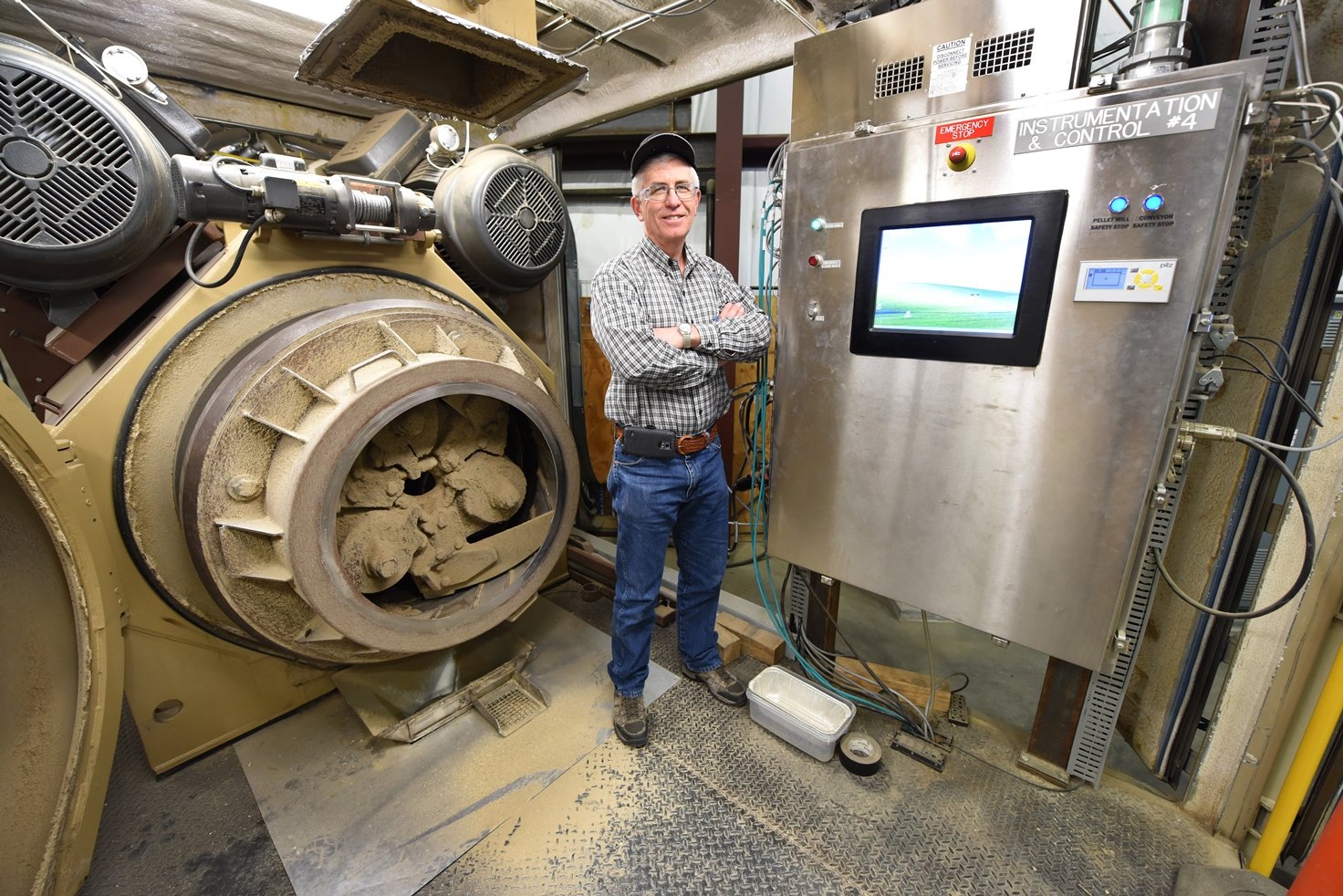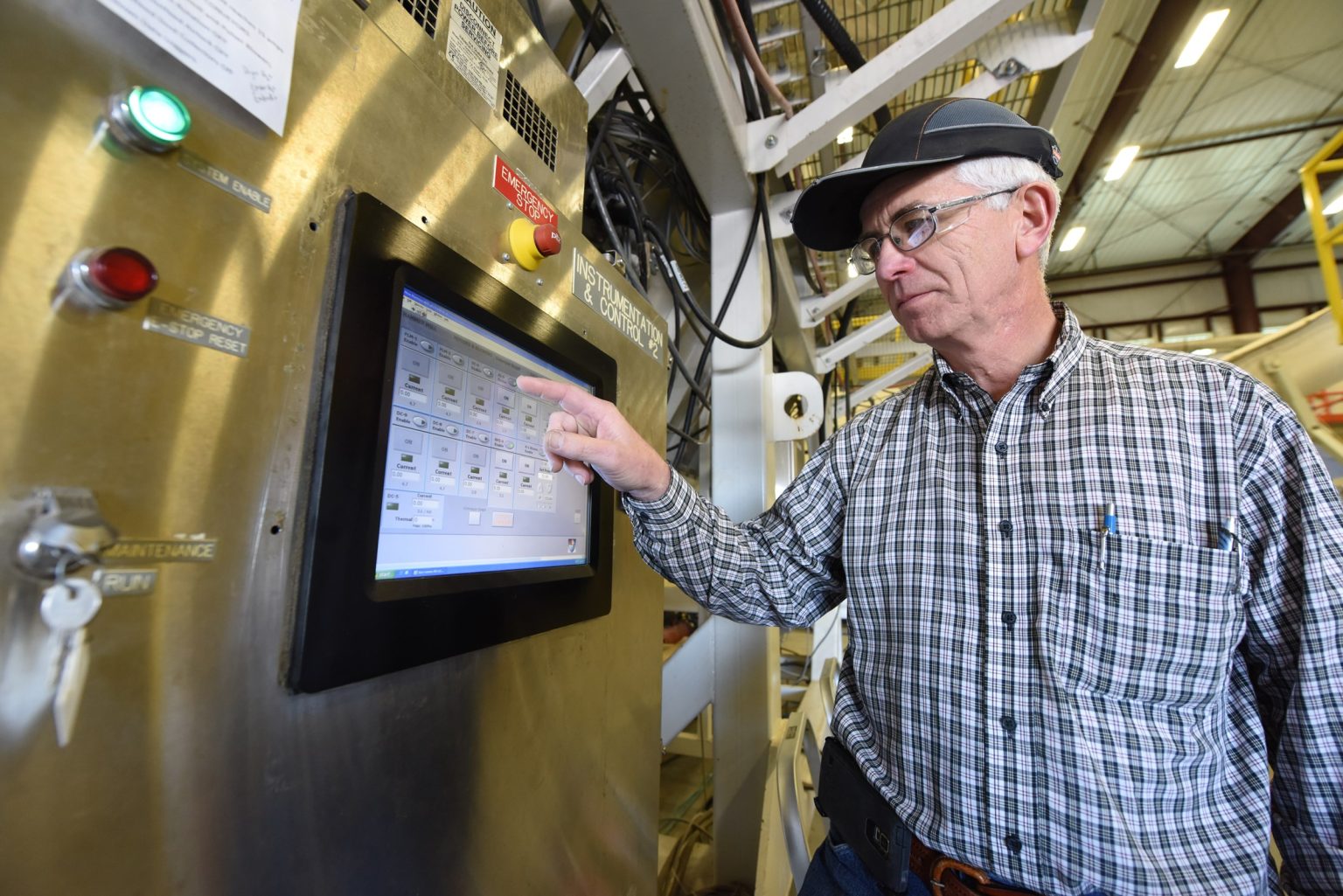In 1977, Rodney Shurtliff applied for a job at Idaho National Laboratory on a whim.
The Idaho Falls native had returned home for a wedding and his father suggested he put his name “into the site.”
Shurtliff didn’t take the suggestion too seriously. Right out of college, the young electrical engineer had landed a great job—a position at Lockheed Missiles and Space Company (now Lockheed Martin) in California working on the Agena rocket.
Shurtliff turned in an INL application “more to humor my father than anything,” he says.
But when Shurtliff and his wife, Merlene, returned to Idaho for the interview, he had a change of heart. “I remember driving across the desert toward the site and I saw Diamond Peak and that deep blue sky,” Shurtliff says. “I remember thinking, ‘I haven’t seen a blue sky like that in a long time.’”
Thus began a 38-year career that kept Shurtliff on the cutting edge of significant advances in electronics and computing—a career working on projects that ranged from robotic radioactive waste disposal systems to bioenergy preprocessing systems.

Shurtliff grew up the son of a barber and a homemaker. He has two sisters. “I loved the outdoors and loved to fish and hunt,” he says.
He credits his father with putting him on his career path. “One day, my dad came home and told me, ‘I think if a young man was starting out, it would be good to go into electronics,’” Shurtliff says.
Shurtliff completed a two-year electronics program at Ricks College (now Brigham Young University-Idaho) before heading off to Japan on a two-year church mission. When he returned to the states, he enrolled at BYU in Provo, Utah, to study electrical engineering.
His return to the states came as electronic devices were becoming more readily available. “Before I left on my mission, we were using slide rules,” Shurtliff says. “When I got back, they were using calculators.”
After graduation and his time at Lockheed, he began working at INL designing instrumentation and control systems for analytical chemistry research at the Idaho Nuclear Technology and Engineering Center. “It was great for a young engineer who loved to do hands-on work,” Shurtliff says.
Around 1993, Shurtliff moved to the robotics group to help design and build a mobile robotic chemical analysis system. The entire system fit inside a trailer that could be moved to different remediation sites.
In 1996, Shurtliff worked on a project for an automated radioactive waste sorting system. After that, he helped design an automated welding system for sealing spent nuclear fuel canister lids and verifying each weld.

Most recently, Shurtliff helped develop the Process Demonstration Unit (PDU) at INL’s Biomass Feedstock National User Facility (BFNUF). The PDU is a full-scale biomass preprocessing system designed to help industry during process design and scale up of biorefineries. Shurtliff is responsible for power, control and instrumentation of the PDU system. “It was a different kind of a challenge working with 250-horsepower motors rather than 5-volt logic,” he says.
Another challenge was making the PDU both modular and mobile. Shurtliff and his colleagues designed the system to allow for the insertion of third-party equipment at the PDU’s high bay in Idaho Falls. The entire system can also be loaded onto tractor-trailers and transported to locations across the country.
But Shurtliff says the PDU’s most important feature is its instrumentation. “We data log everything,” he says, explaining that sensors track variables such as temperature, moisture and power consumption of the PDU’s various components.
Shurtliff and his colleagues are currently adding an adaptive control system to the PDU that would perform near real-time sampling of biomass characteristics, such as flowability, particle size and moisture content. The system would then automatically adjust its various components—conveyor speed or grinder power, for instance—to compensate, reducing or eliminating feed handling problems that currently plague many biorefineries.
Shurtliff’s colleagues say his knowledge, skill and warm personality will make him hard to replace. “I can’t imagine a more helpful, congenial and talented person,” says David Pace, BFNUF chief engineer.
“Rod is a testament to the world-class talent available at Idaho National Laboratory,” BFNUF director Kevin Kenney says. “To have a guy who has worked on systems that process nuclear materials to developing systems that process biomass materials is unbelievable.”
“Retirement” is probably the wrong word to describe Shurtliff’s future. “I’m kind of changing careers,” he says. He’s built a small side business renovating and selling houses, and he plans to continue electrical engineering as well.
The Shurtliffs have nine children and 22 grandchildren to keep them occupied in their free time.





